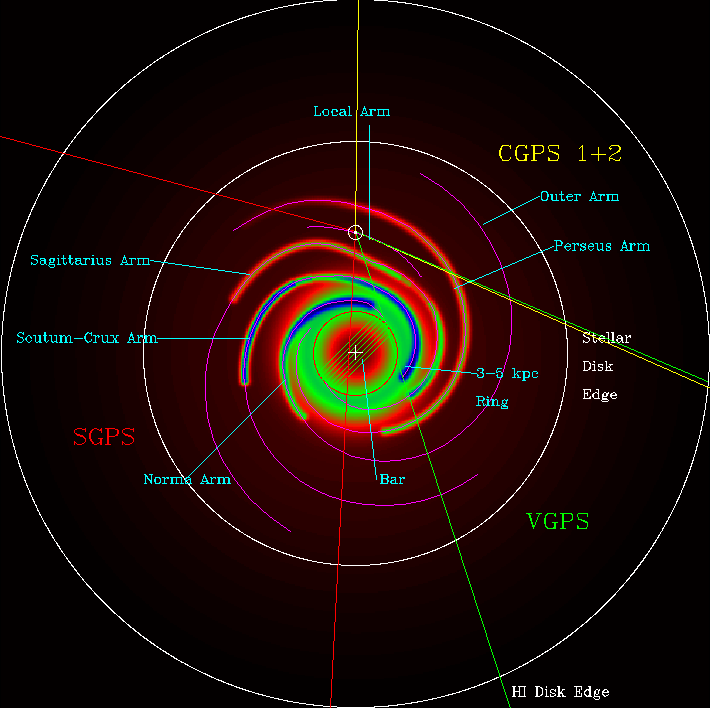


enhanced stars is not expected from the classical GalacticĬhemical evolution models. This visualization shows the central disk of our Milky Way galaxy and a smaller nearby galaxy called the Large Magellanic Cloud. Through this window, we saw stars from the galactic disk, the bulge. In the LAMOST-$Kepler$ fields (for stellar age). On a star map created by the VVV, Saito searched the stars located in the. Trained with common stars in the LAMOST-APOGEE fields (for ) and

Ratios are measured from LAMOST spectra, using a machine learning method enhanced stars with stellar ages younger than 6.0 Gyr and We present an updated three dimensional map of the Milky Way based on a sample of 2431 classical Cepheid variable stars, supplemented with about 200 newly. Skowron / OGLE / Astronomical Observatory, University of Warsaw). It reveals the S-like structure of the Milky Way’s warped stellar disc (as seen in the image above by J. Scientists could not give an exact answer. LAMOST and $Gaia$ surveys, we have identified a large sample of "young" The map demonstrates that the Milky Way disk is not flat, it is warped at distances greater than 25,000 light-years from the galactic center. The galactic disk is a map of our universe, with an exact marking of the solar system, several thousand years old.
Galactic disk map pdf#
Authors: Weixiang Sun (1), Yang Huang (1), Haifeng Wang (1), Chun Wang (2,3), Meng Zhang (2,3), Xinyi Li (1), Bingqiu Chen (1), Huawei Zhang (2,3), Dandan Wei (4), Dengkai Jiang (4), Xiaowei Liu (1), ((1) South-Western Institute for Astronomy Research, Yunnan University, (2) Department of Astronomy, Peking University, (3) Kavli Institute for Astronomy and Astrophysics, Peking University, (4) Yunnan Observatories, Chinese Academy of Sciences) Download PDF Abstract: Using a sample of nearly 140,000 primary red clump stars selected from the


 0 kommentar(er)
0 kommentar(er)
